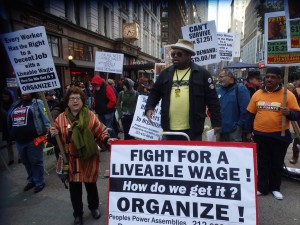In today’s technology-driven world, the internet plays a massive role in spreading information. However, there are certain people and things that everyone should be aware of while using the internet. People such as cyber-criminals implementing identity theft, credit card fraud and other vices deceive internet users into revealing sensitive and critical information unknowingly.
What Is Phishing?
Phishing scams are classified as an email fraud method in which legitimate-appearing emails are sent by the perpetrator (phishers) to gather personal and financial information from the recipients. Usually, the phishing scams appear to come from trustworthy and well-known websites such as Google, Yahoo, PayPal, or from banks and financial organizations.
appear to come from trustworthy and well-known websites such as Google, Yahoo, PayPal, or from banks and financial organizations.
Information usually sought by perpetrators of phishing scams can include requests for:
- Usernames and Passwords
- Debit or Credit Card Details
- Personal Identification Numbers
- Bank Account Numbers and Details
- Mothers’ Maiden Names
- Birth Date and Year
- Social Security Numbers
Phishing scams usually come in emails and even instant messages that would contain some link(s). Once you visit the link, you are taken to a “fake and replica” website. It is commonly seen that the phishing email request you to perform an action like “verify your account” or “confirm your card or billing information.” These emails also include a threat like “Your bank account will be deactivated if you do not click here“. If you provide information, you are a victim of phishing scams, a very effective form of identity theft, among many other chameleon styles of the crime.
How Do You Avoid Being a Victim of Phishing Scams?
- Do not respond to email solicitation for personal and/or financial information in emails.
- If you receive an email asking for details, contact the company directly but NOT with information provided in the “phishing” email.
- You should check security of the website before providing sensitive informative over the internet.
- Contact your financial institution on an immediate basis if you believe someone has compromised with your financial accounts.
- Hide your email address from social networking sites and online profiles or just allow specific people to view your information.
- Always update your contact information with financial institutions like banks so that you receive updates for all, including fraud transactions.
- Check your bank and financial statements regularly.
- Use strong passwords that should be large and a combination of special characters, digits, and alphabets both in small and upper cases. Never write or share your password.
If you do receive a phishing email, do not forget to report it to legitimate institution so you know there is someone to deal with it.
The post Secret Tips on How to Avoid Phishing Scams appeared first on IDENTITY THEFT PROGRAM REVIEWS.
Share
Follow Us!


